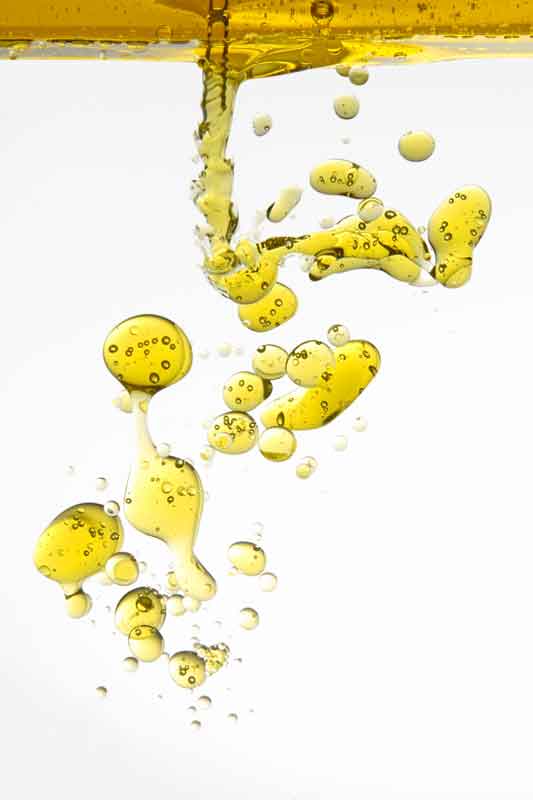EPA Proposes 2011 Renewable Fuel Standards

The Energy Independence and Security Act of 2007 (EISA) established the annual renewable fuel volume targets, reaching an overall level of 36 billion gal in 2022. To achieve these volumes, EPA calculates a percentage-based standard for the following year. Based on the standard, each refiner, importer and non-oxygenate blender of gasoline determines the minimum volume of renewable fuel that it must ensure is used in its transportation fuel. The proposed 2011 overall volumes and standards are:
Biomass-based diesel (0.80 billion gal; 0.68 percent)
Advanced biofuels (1.35 billion gal; 0.77 percent)
Cellulosic biofuels (5 – 17.1 million gal; 0.004 – 0.015 percent)
Total renewable fuels (13.95 billion gal; 7.95 percent)
Based on analysis of market availability, EPA is proposing a 2011 cellulosic volume that is lower than the EISA target. EPA will continue to evaluate the market as it works to finalize the cellulosic standard in the coming months. Overall, EPA remains optimistic that the commercial availability of cellulosic biofuel will continue to grow in the years ahead.
EPA is also proposing changes to the RFS2 regulations that would potentially apply to renewable fuel producers who use canola oil, grain sorghum, pulpwood or palm oil as a feedstock. This program rule would allow the fuel produced by those feedstocks dating back to July 1, 2010, be used for compliance should EPA determine in a future rulemaking that such fuels meet certain greenhouse gas reduction thresholds. The second change would set criteria for foreign feedstocks to be treated like domestic feedstocks in terms of the documentation needed to prove that they can be used to make qualifying renewable fuel under the RFS2 program.
EPA is seeking public comment on the renewable fuel standards and the proposed changes to the RFS2 regulations, which are due 30 days following publication of the proposed rule in the Federal Register. July 1, 2010, was the deadline that major refiners, blenders and importers had to meet for reporting, registration and other key compliance requirements under EPA’s expanded renewable fuels standard program.
More information on the standards and regulations: https://www.epa.gov/otaq/fuels/renewablefuels/regulations.htm

